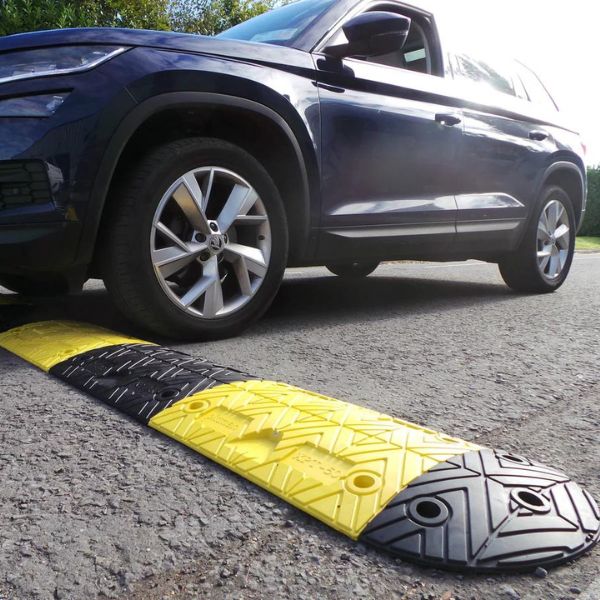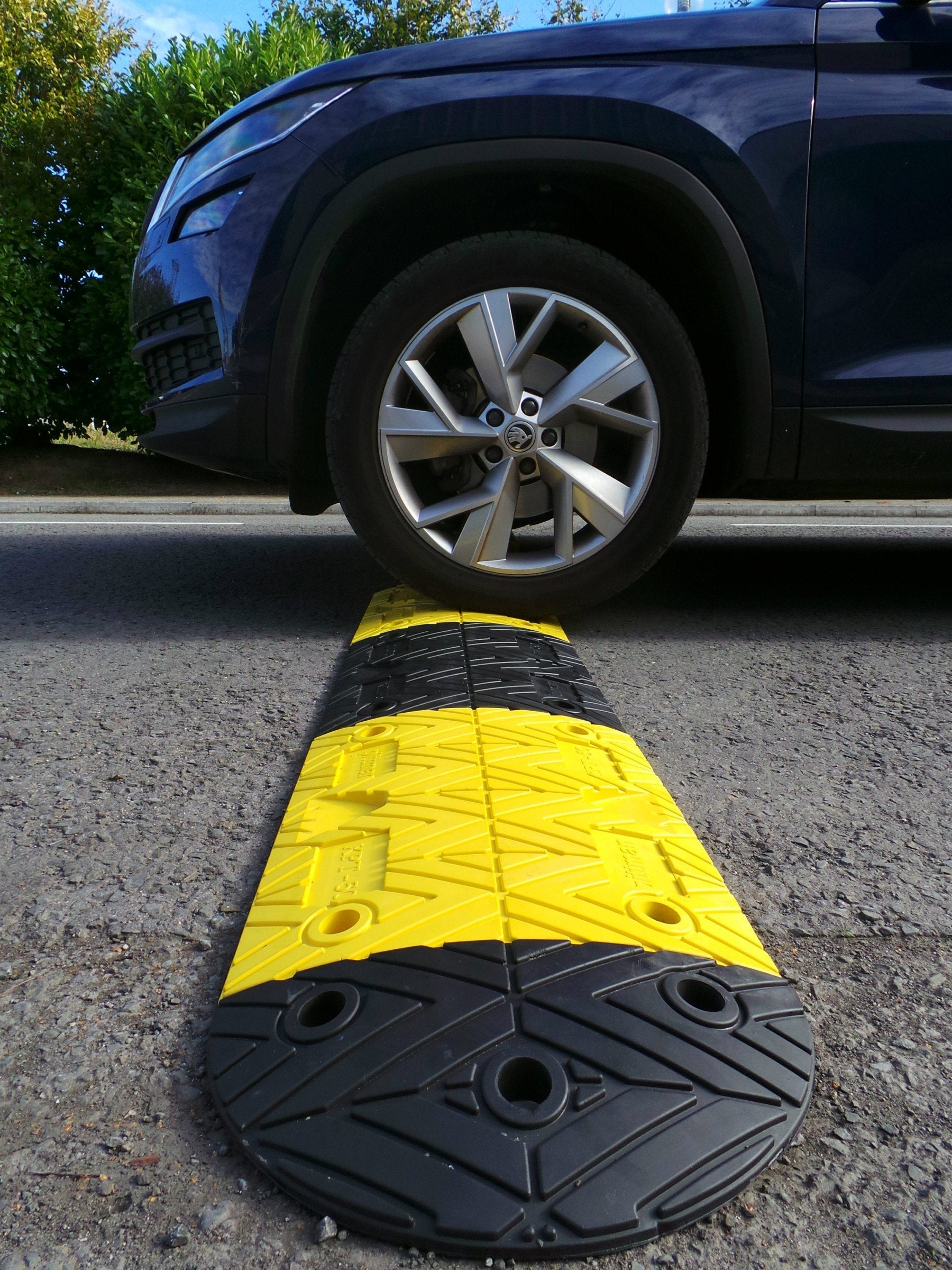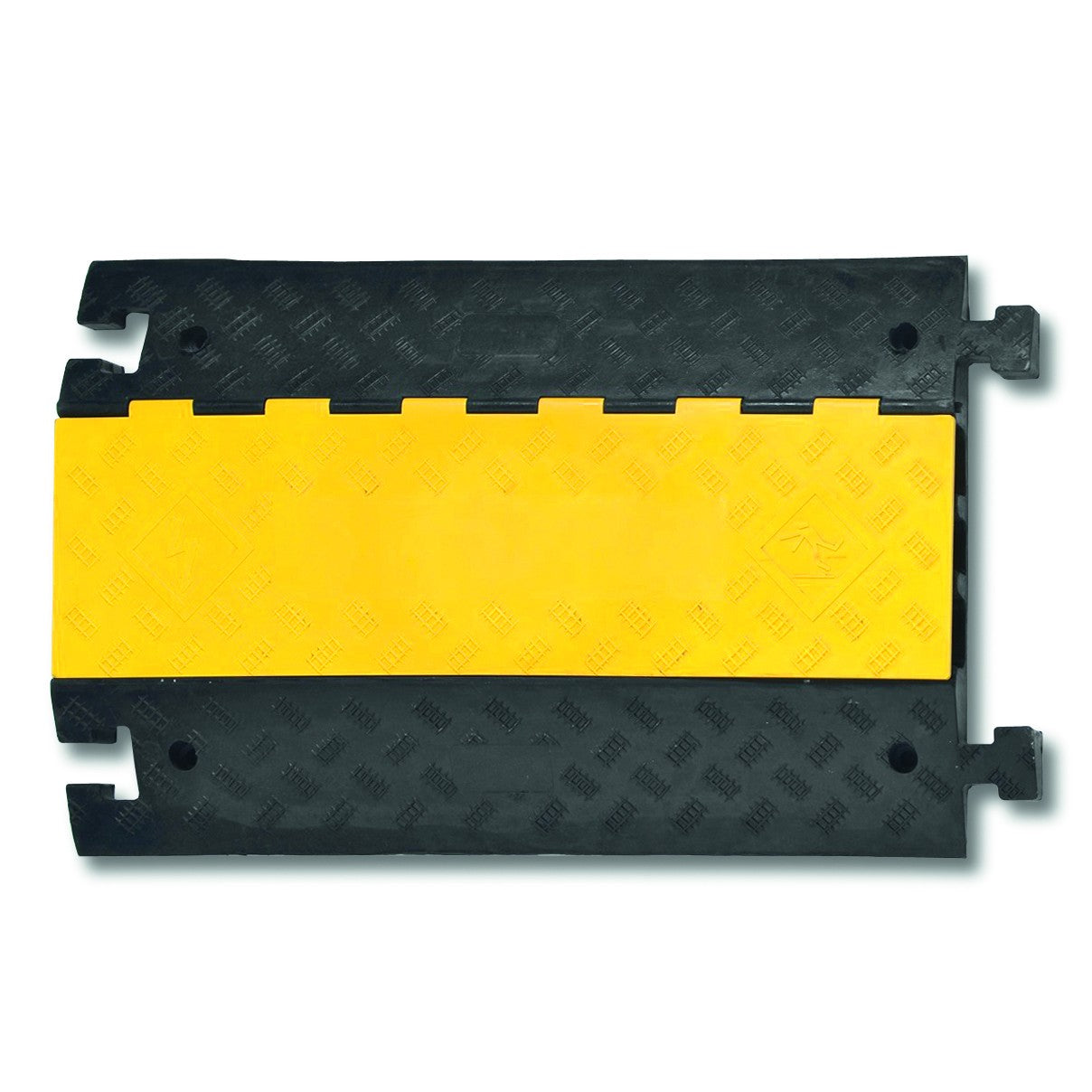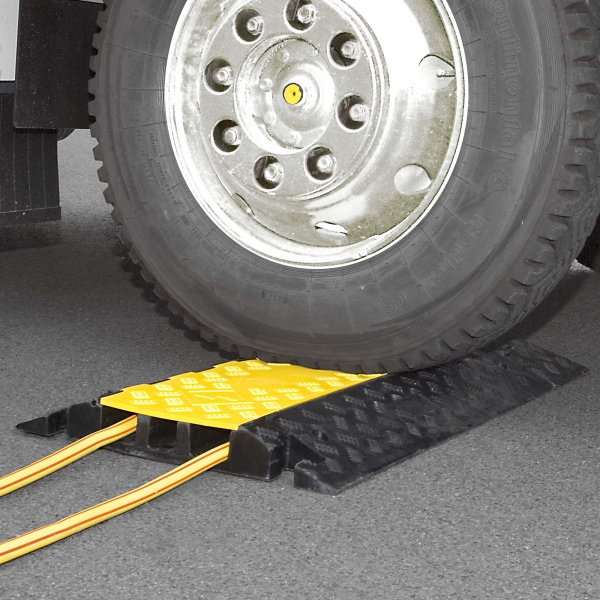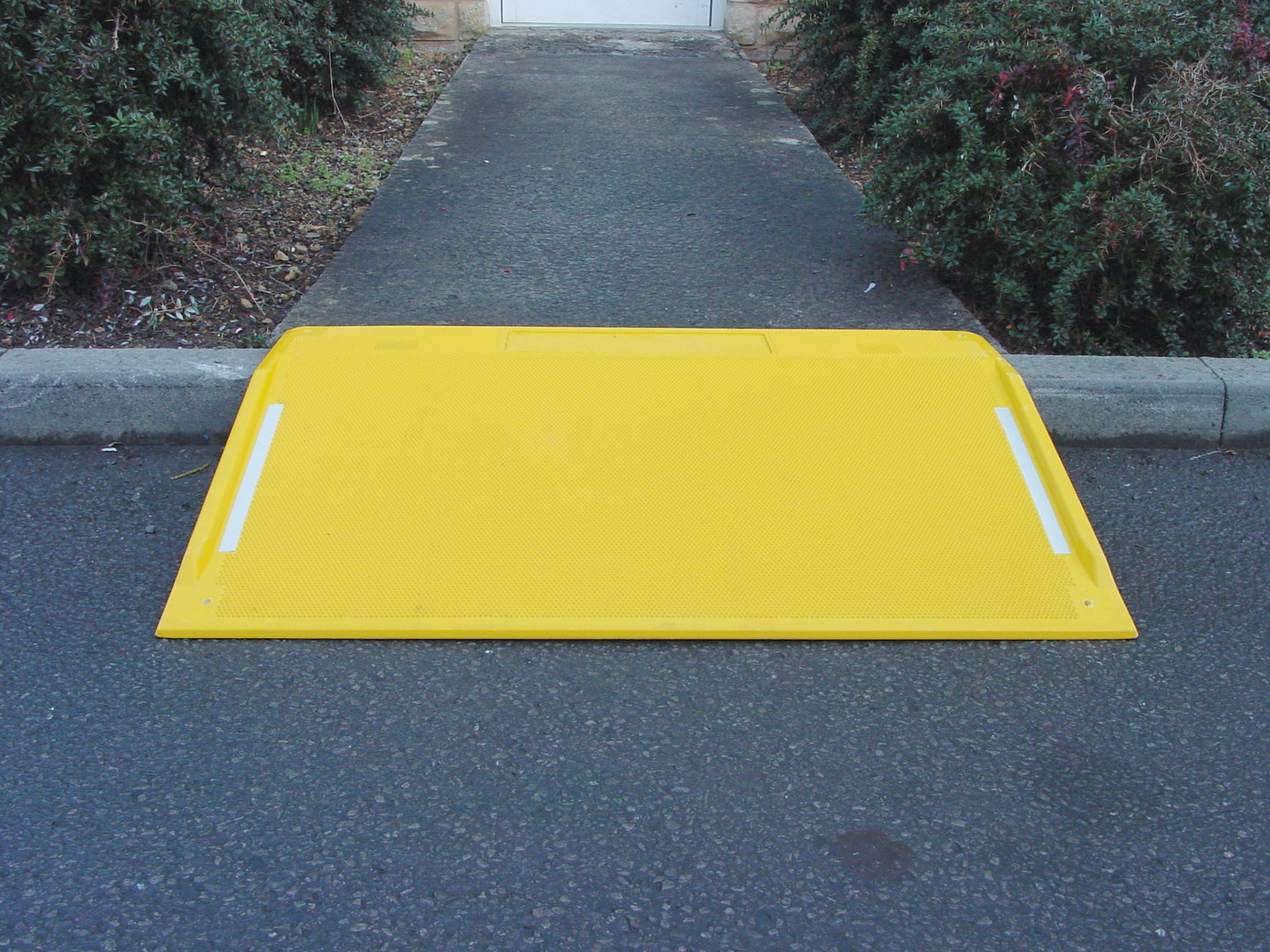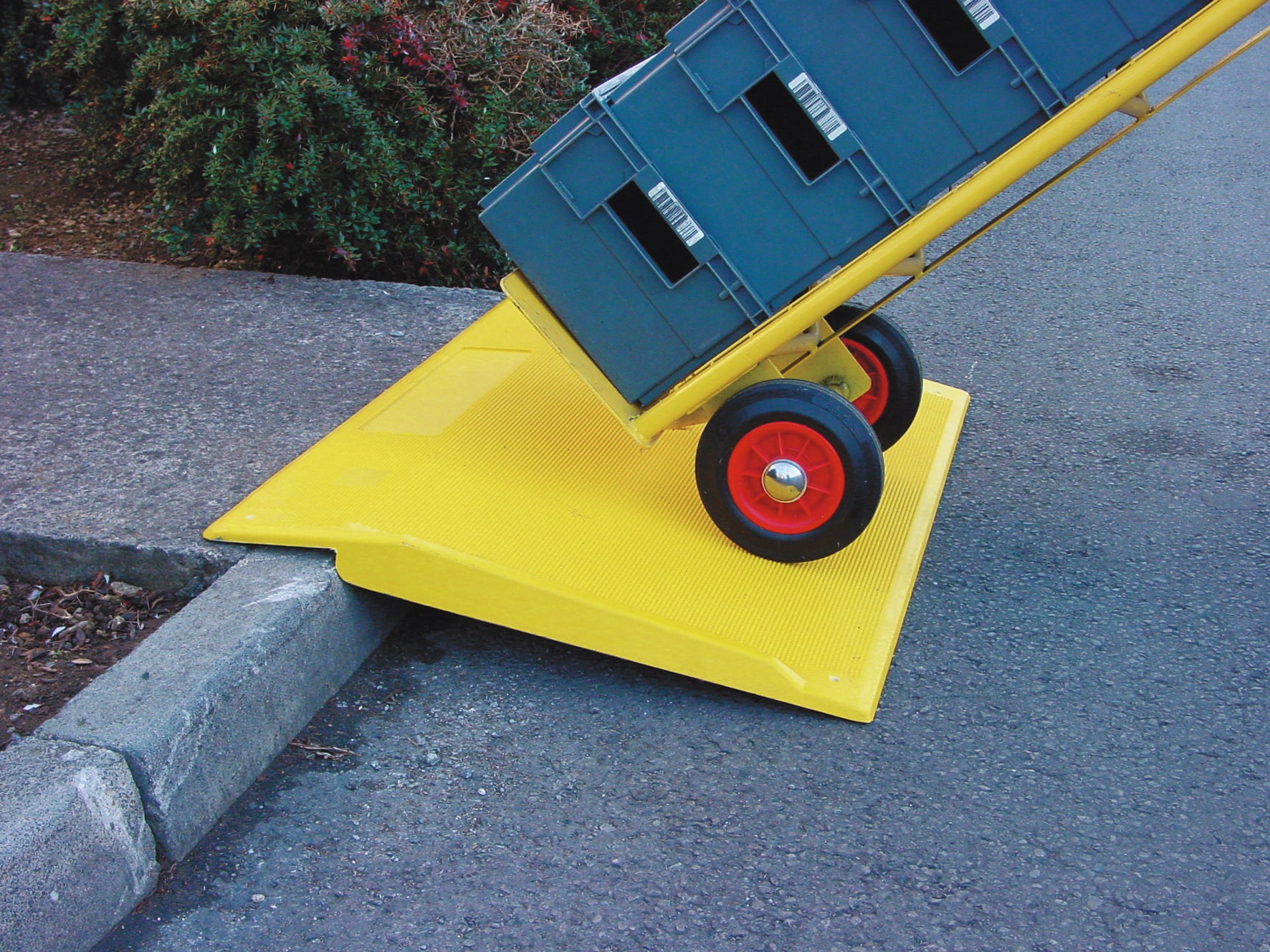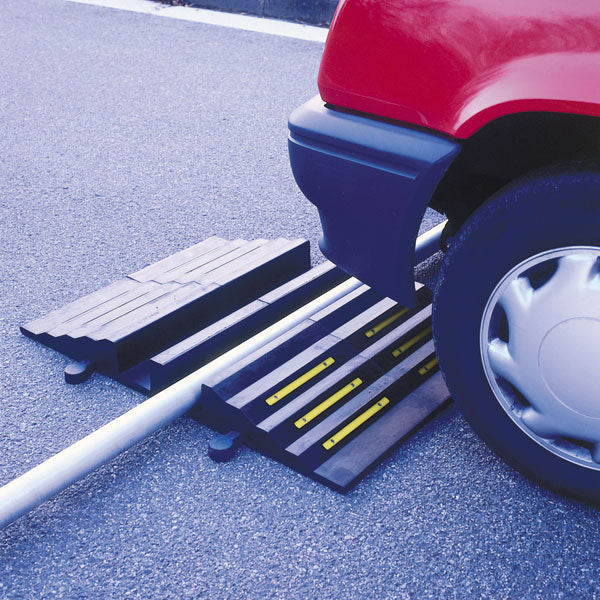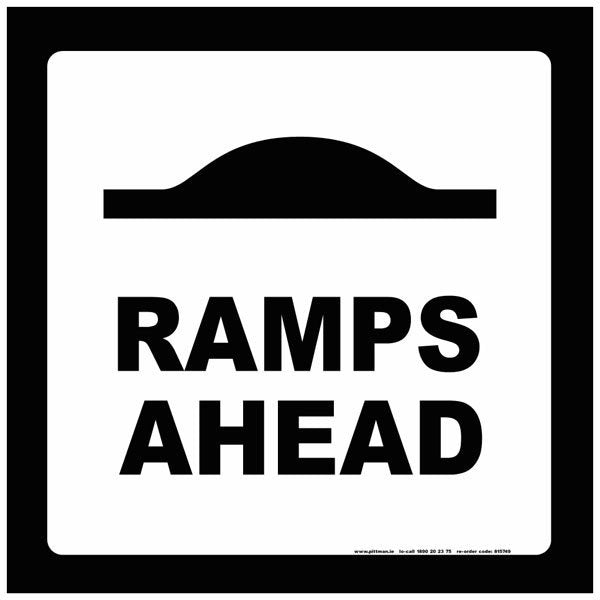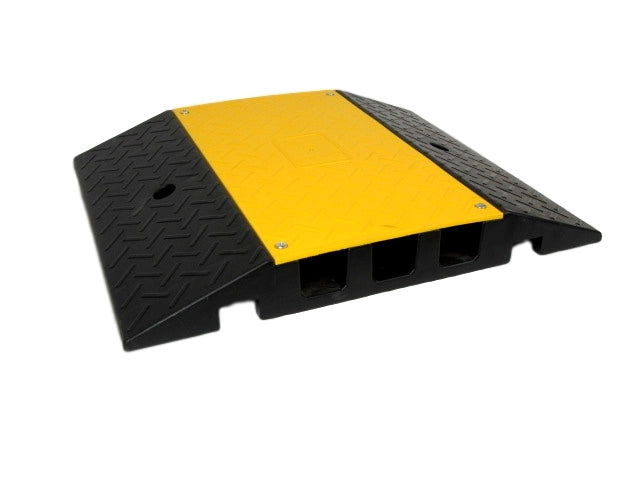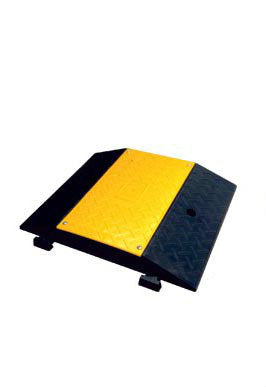Speed Bumps
A full range of modular speed bumps designed to reduce vehicle speeds and enhance safety in car parks, workplaces and on roadways.
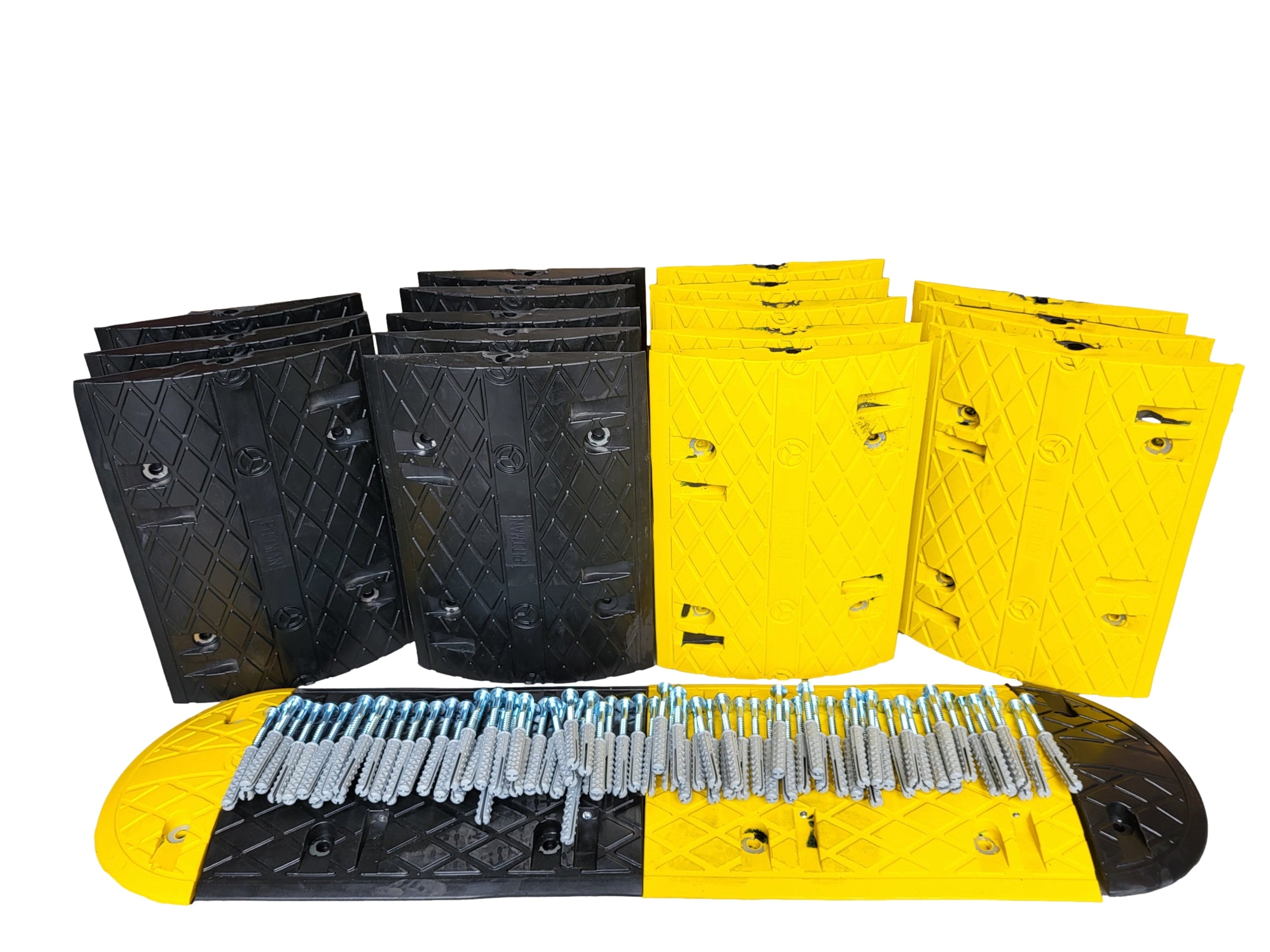

SKU: 756121
Pittman®
Pittman™ 50mm Speed Bump Kit
Sale priceFrom €140.00ex VAT
Best Selling Speed Bump for Light Traffic
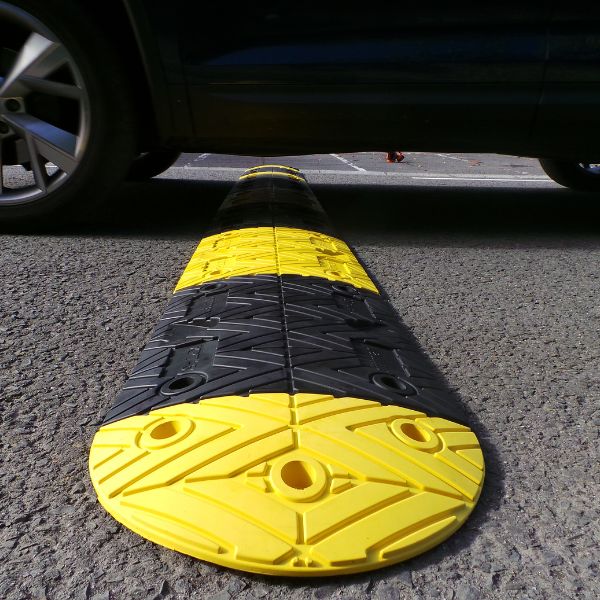

SKU: 750072
XPT
XPT-75 Speed Bump Kit 75mm
Sale priceFrom €346.00ex VAT
Extreme Bump for Pedestrian Safety
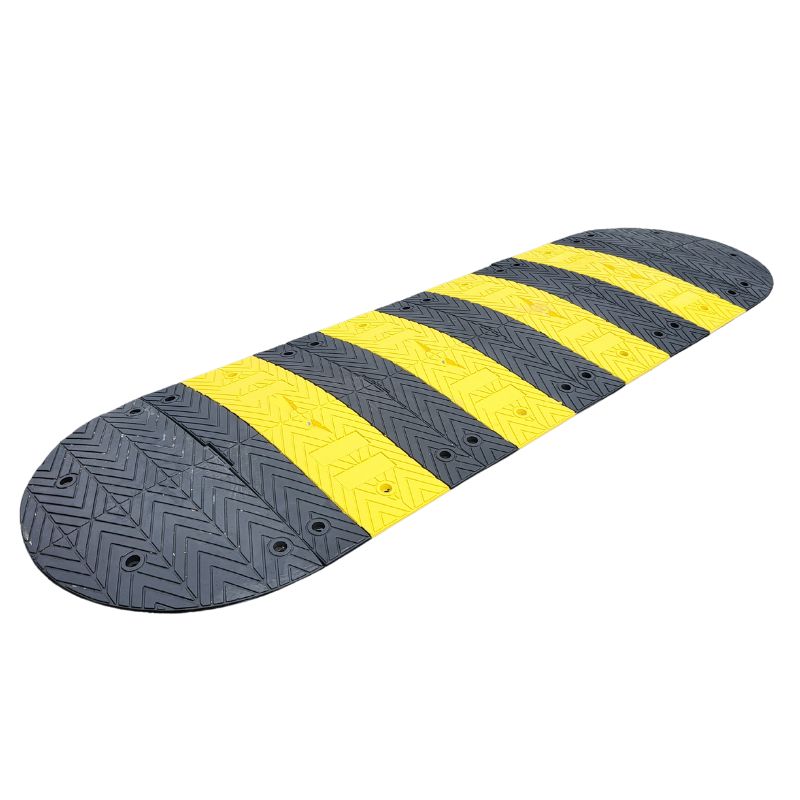
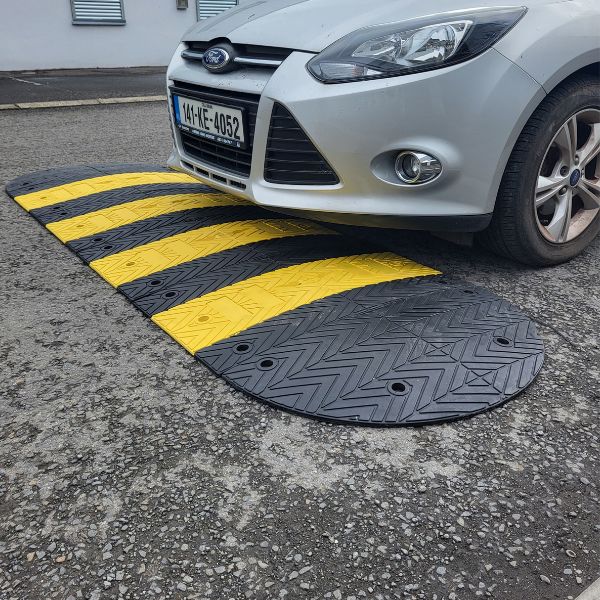
New
SKU: 899164
XPT
XPT Speed Hump
Sale priceFrom €470.00ex VAT
Reduces Speed to Approximately 25km/h
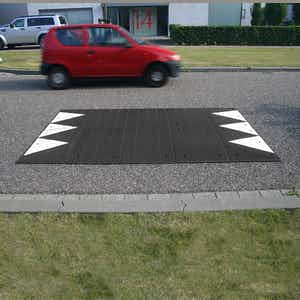
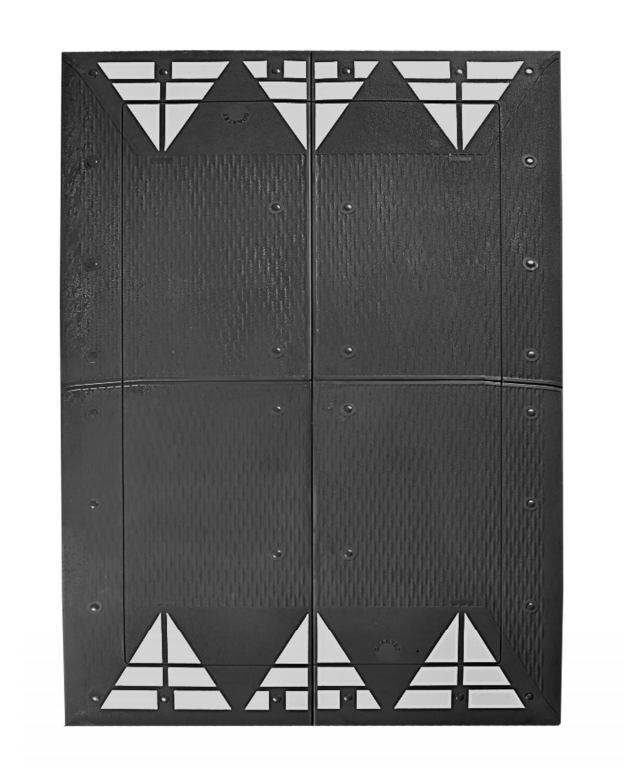
SKU: 747501
XPT
XPT - Berlin Speed Cushion
Sale priceFrom €1,015.00ex VAT
4-Piece Kit for Quick Install in 2-3 Hours
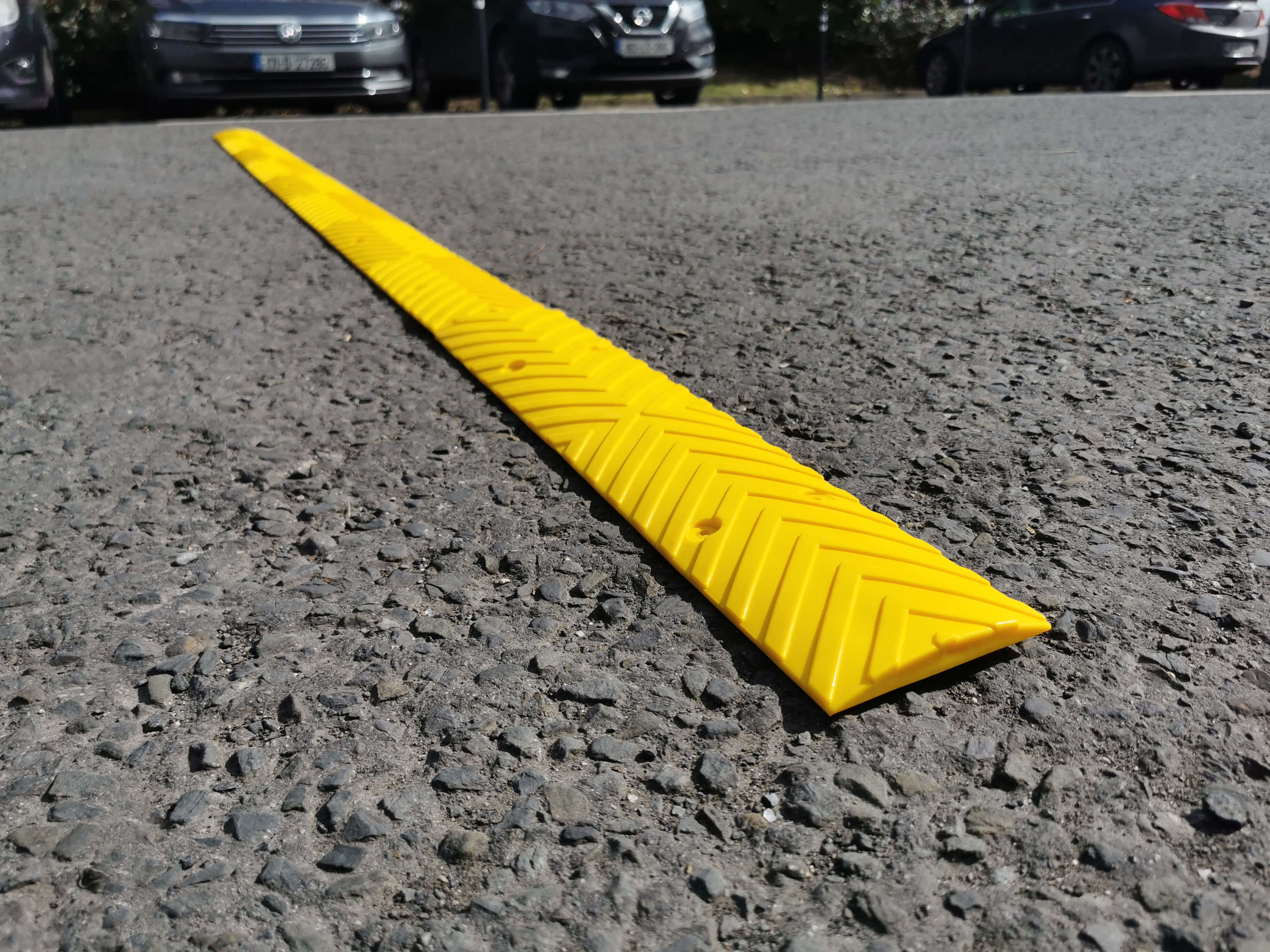
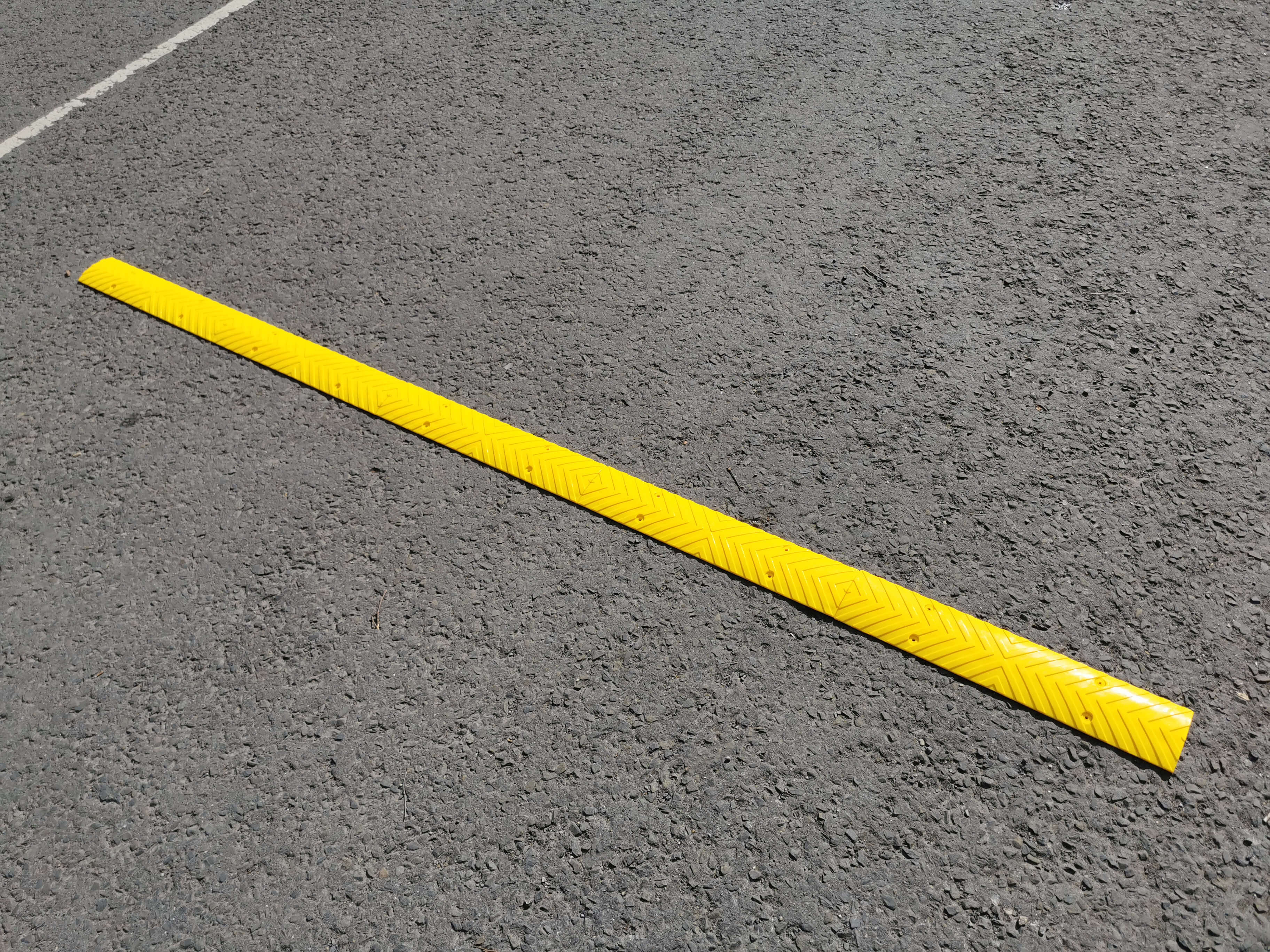
SKU: 763661
Pittman®
Plastic Safety Rumble Strip Yellow
Sale price€30.00ex VAT
Versatile PU Strips for Light-Duty Traffic Calming
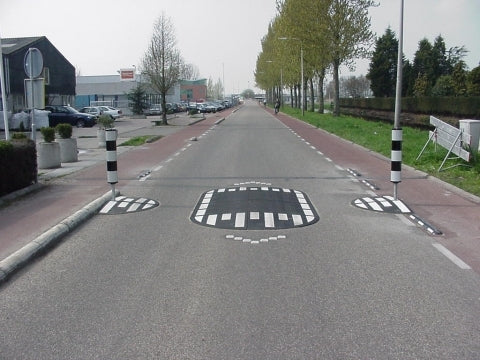
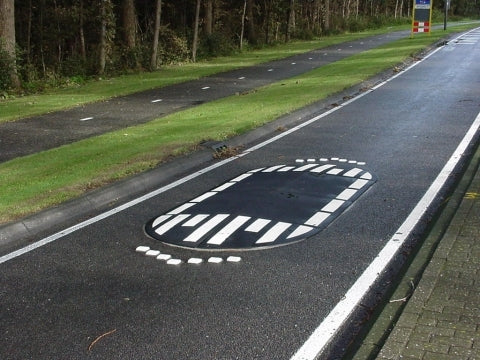
SKU: 895795
XPT
XPT London Speed Cushion System
Sale price€0.00ex VAT
100% Recycled Rubber with High Sound and Vibration Absorption
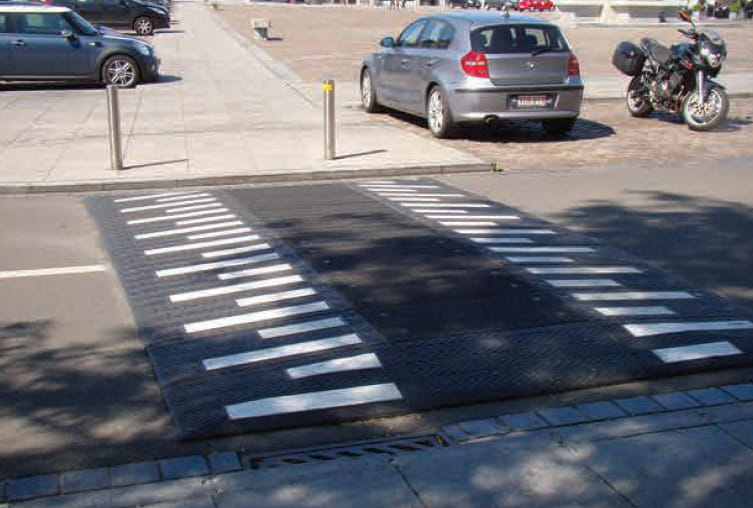
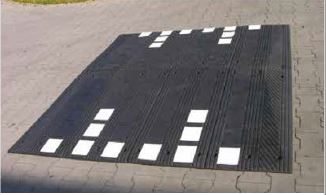
SKU: 747400
XPT
XPT® Modular Speed Table System
Sale price€0.00ex VAT
Slows Urban Traffic to 30km/h - 100% Recycled Rubber
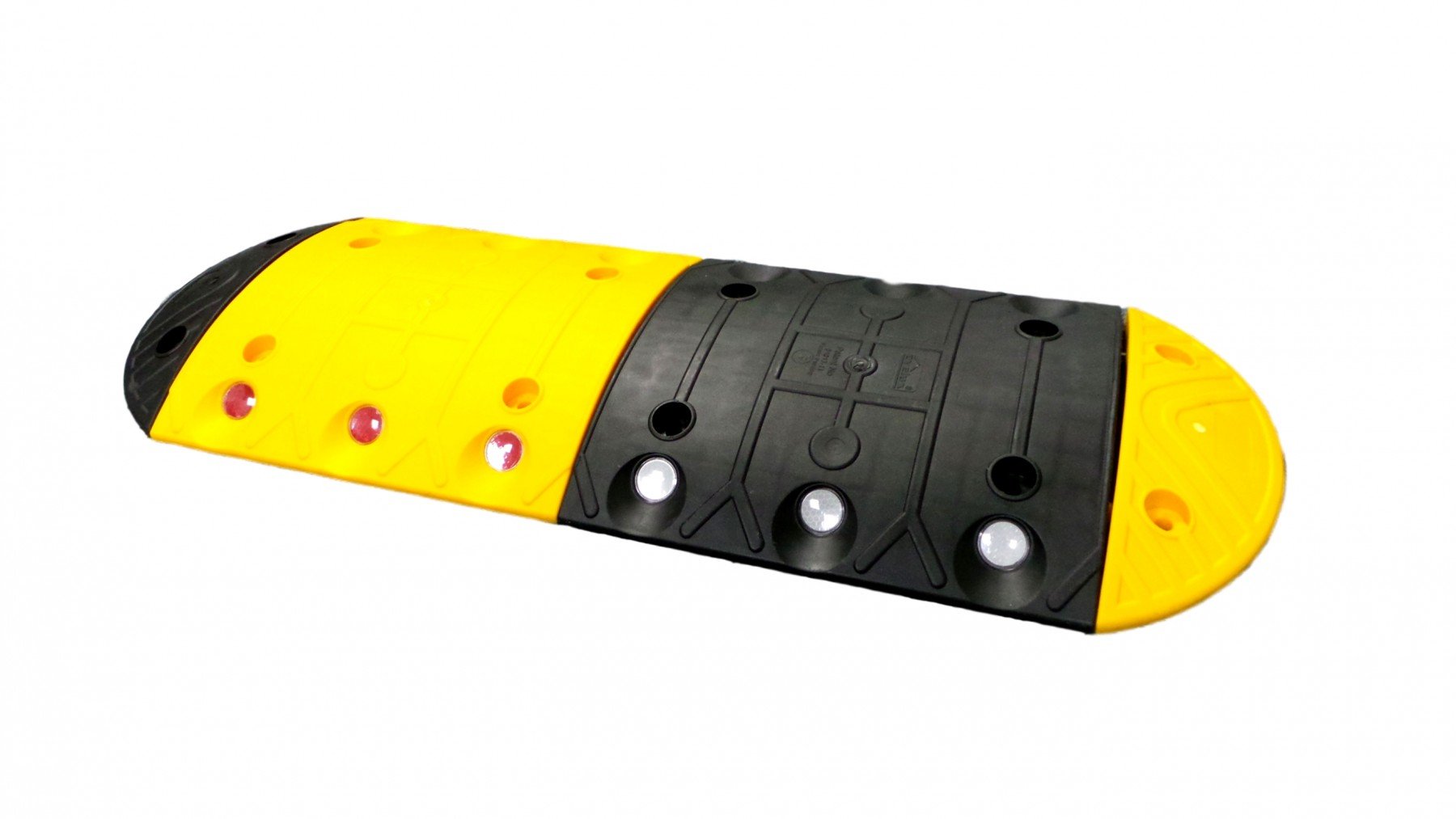
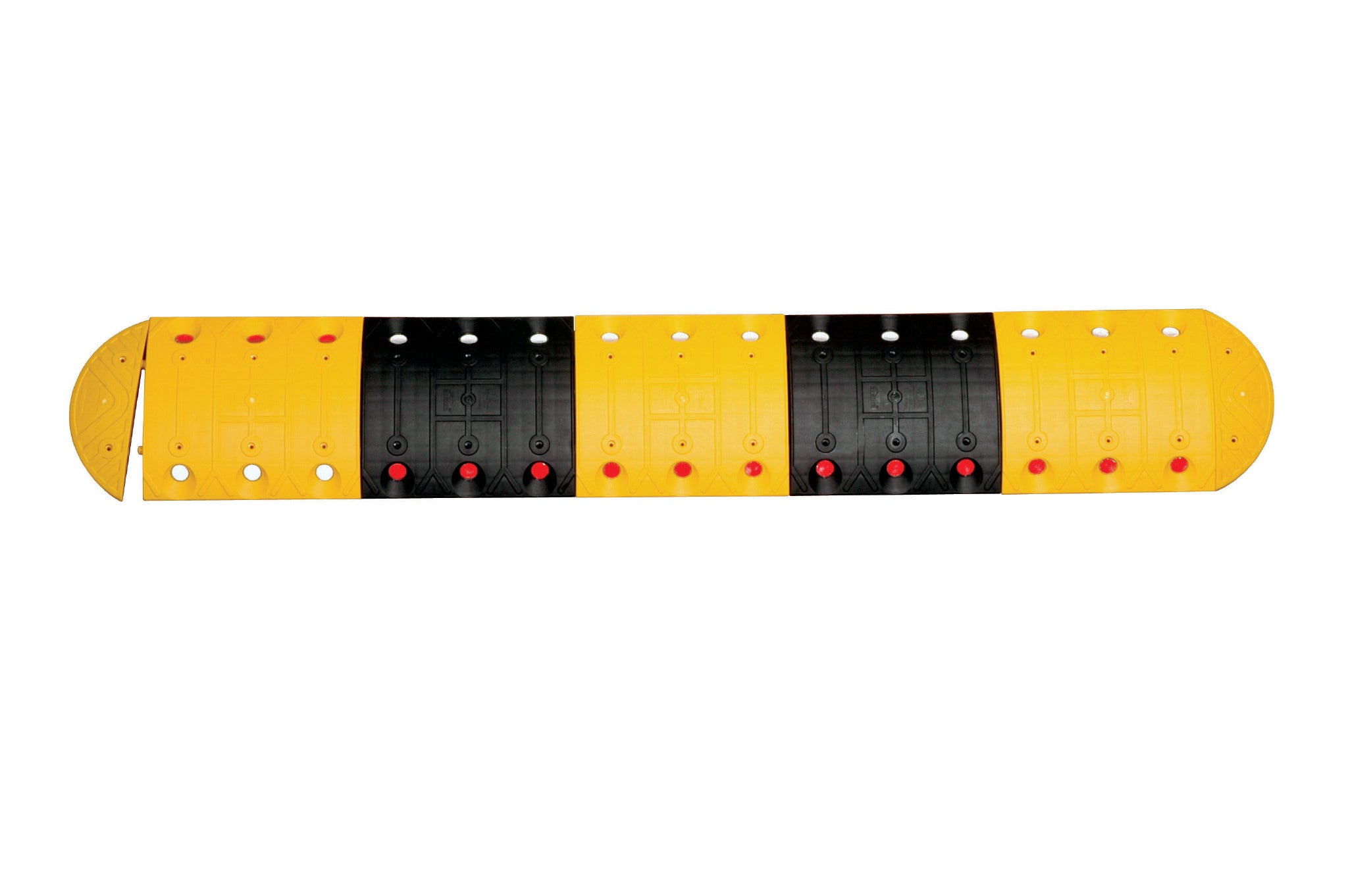
SKU: 899004
Pittman®
Tiger Speed Bump Complete Kit - 40mm
Sale priceFrom €175.00ex VAT
6 Reflectors per Section for Ultimate Visibility
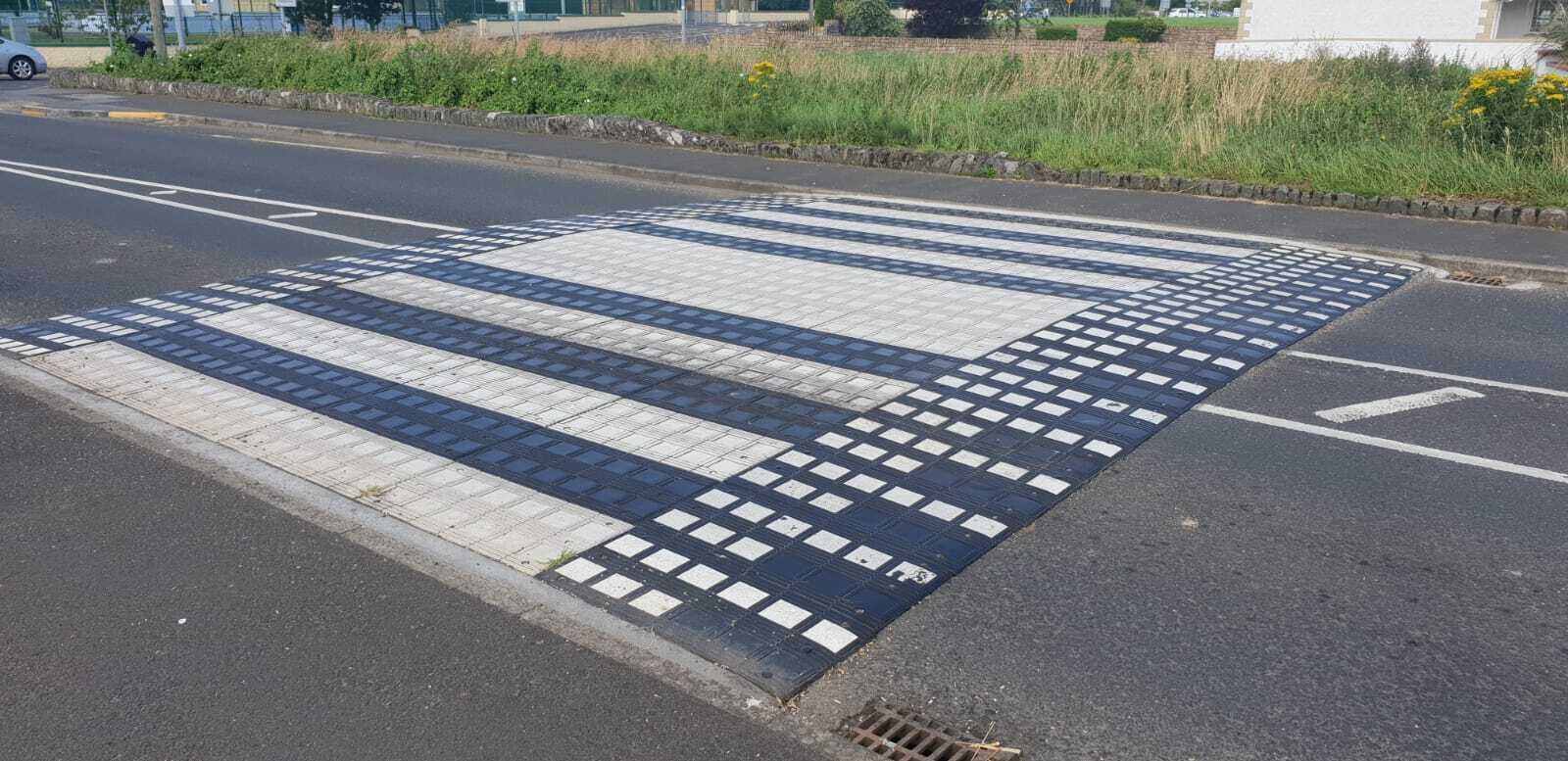
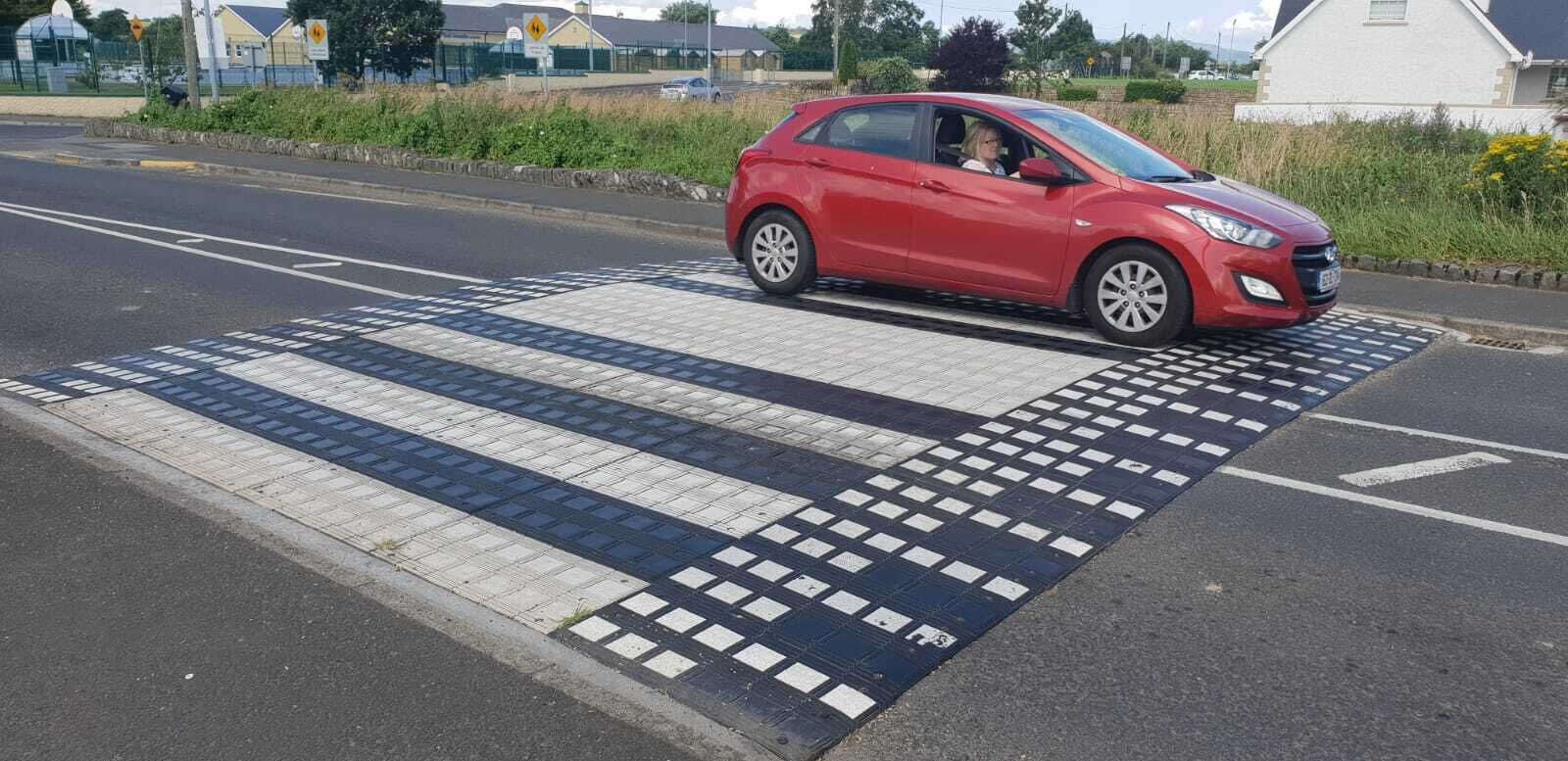
SKU: 747300
XPT
XPT - Modular Rubber Pedestrian Crossing Speed Table
Sale price€9,999.00ex VAT
100% Pure Vulcanised Rubber Pedestrian Crossing
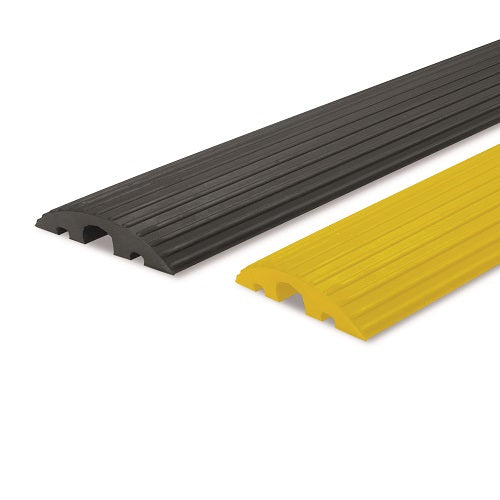
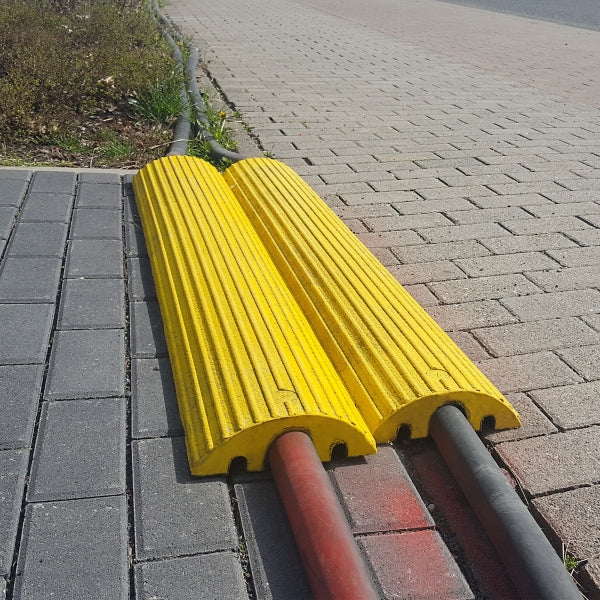
SKU: 756338
Moravia
Cable Protection Ramp 1200mm
Sale price€78.00ex VAT
Protect Cables And Hoses From Damage
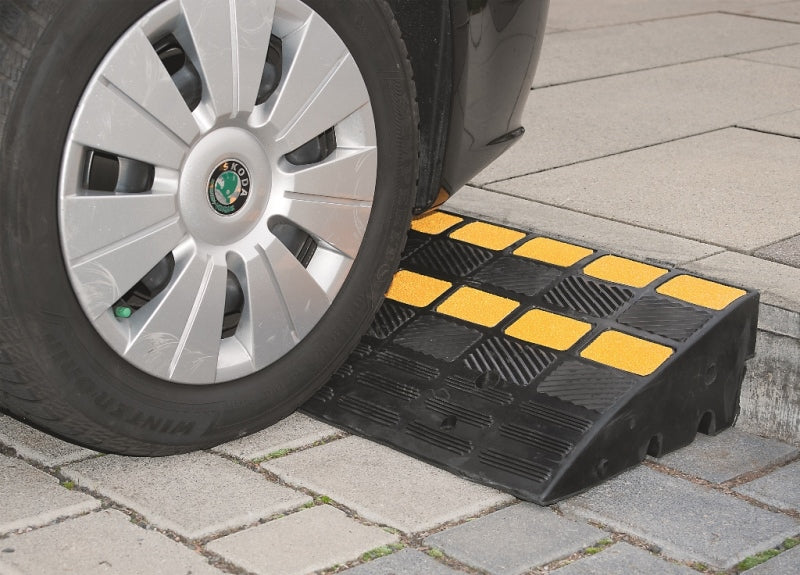
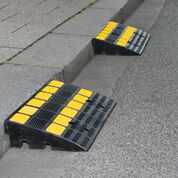
SKU: 765378
Moravia
Heavy Duty Kerb Ramp
Sale priceFrom €39.00ex VAT
Extremely Tough - Max Load 40 Tonnes
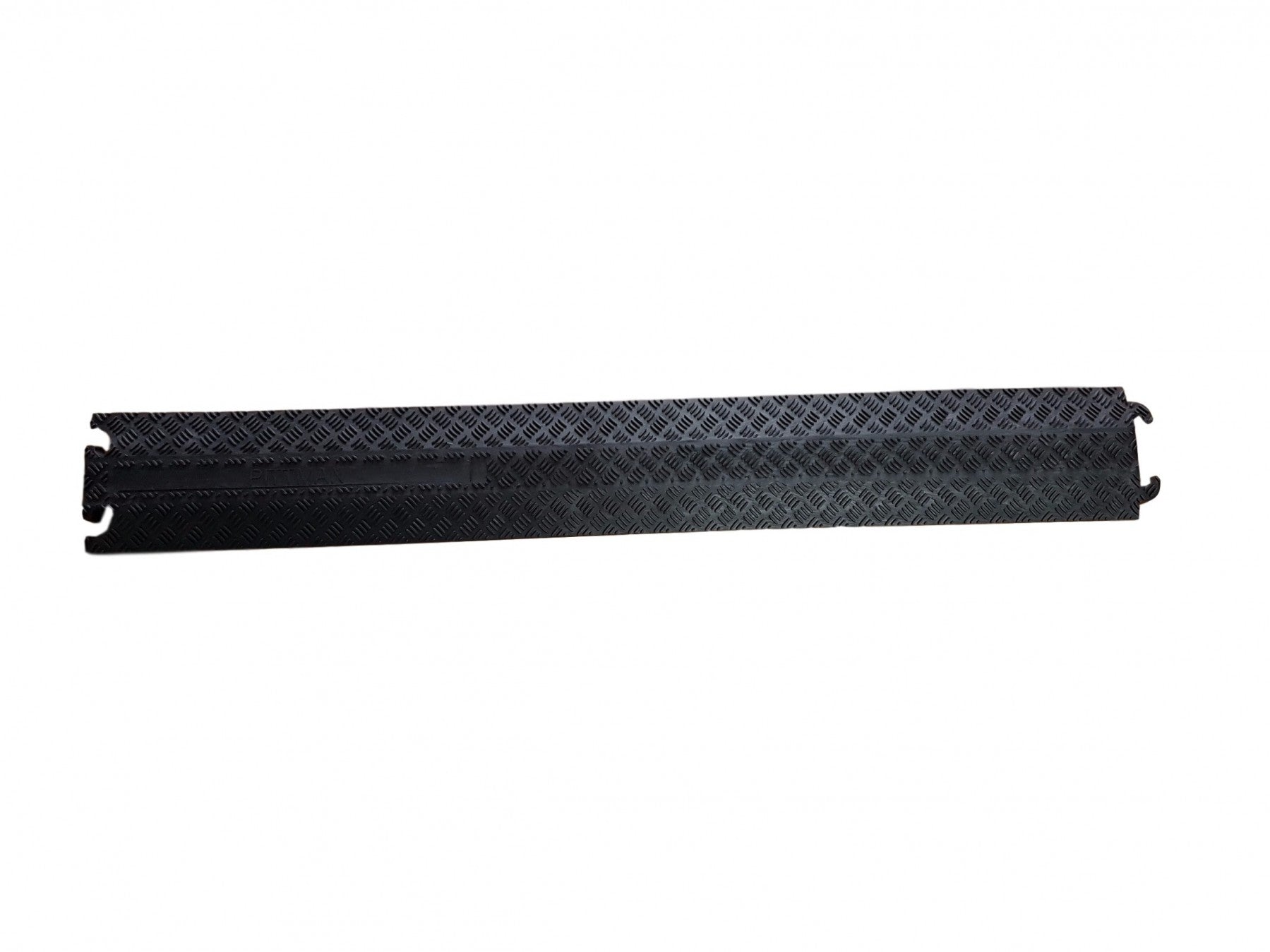
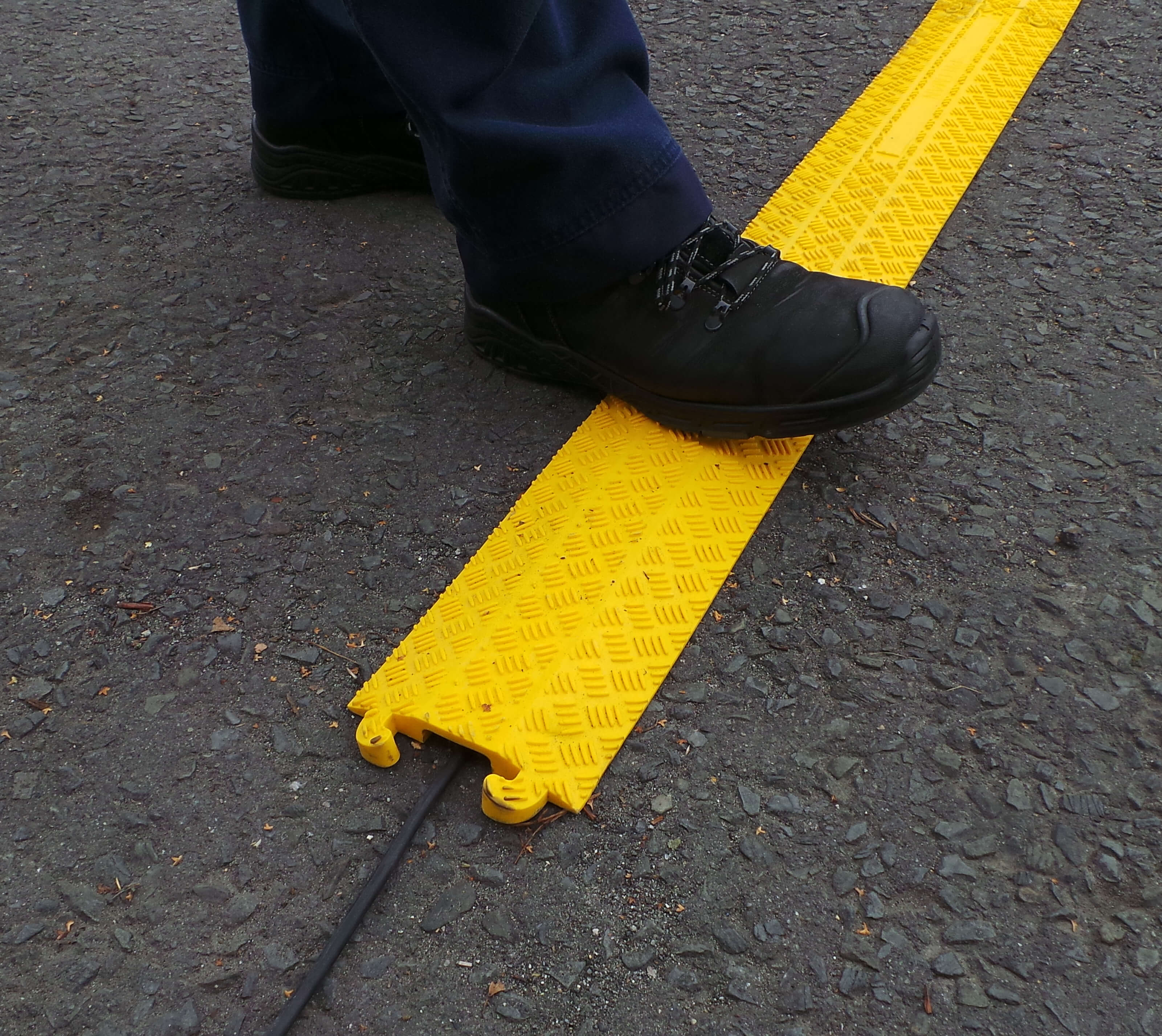
SKU: 756250
Pittman®
GHP Cable Tidy - Protection Ramp Indoor 1M
Sale price€18.00ex VAT
Our Go To Cable Protector For Power Cables
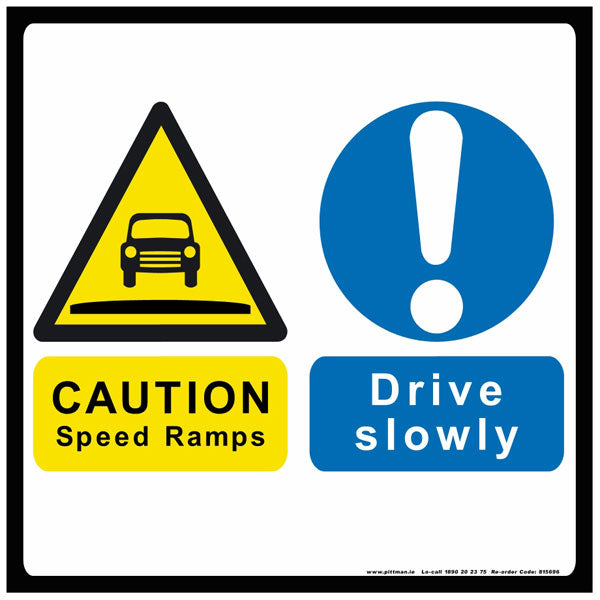
SKU: 815875
Pittman®
Speed Ramps (Dual Format) Safety Sign
Sale priceFrom €55.95ex VAT
Long Lasting Safety Sign
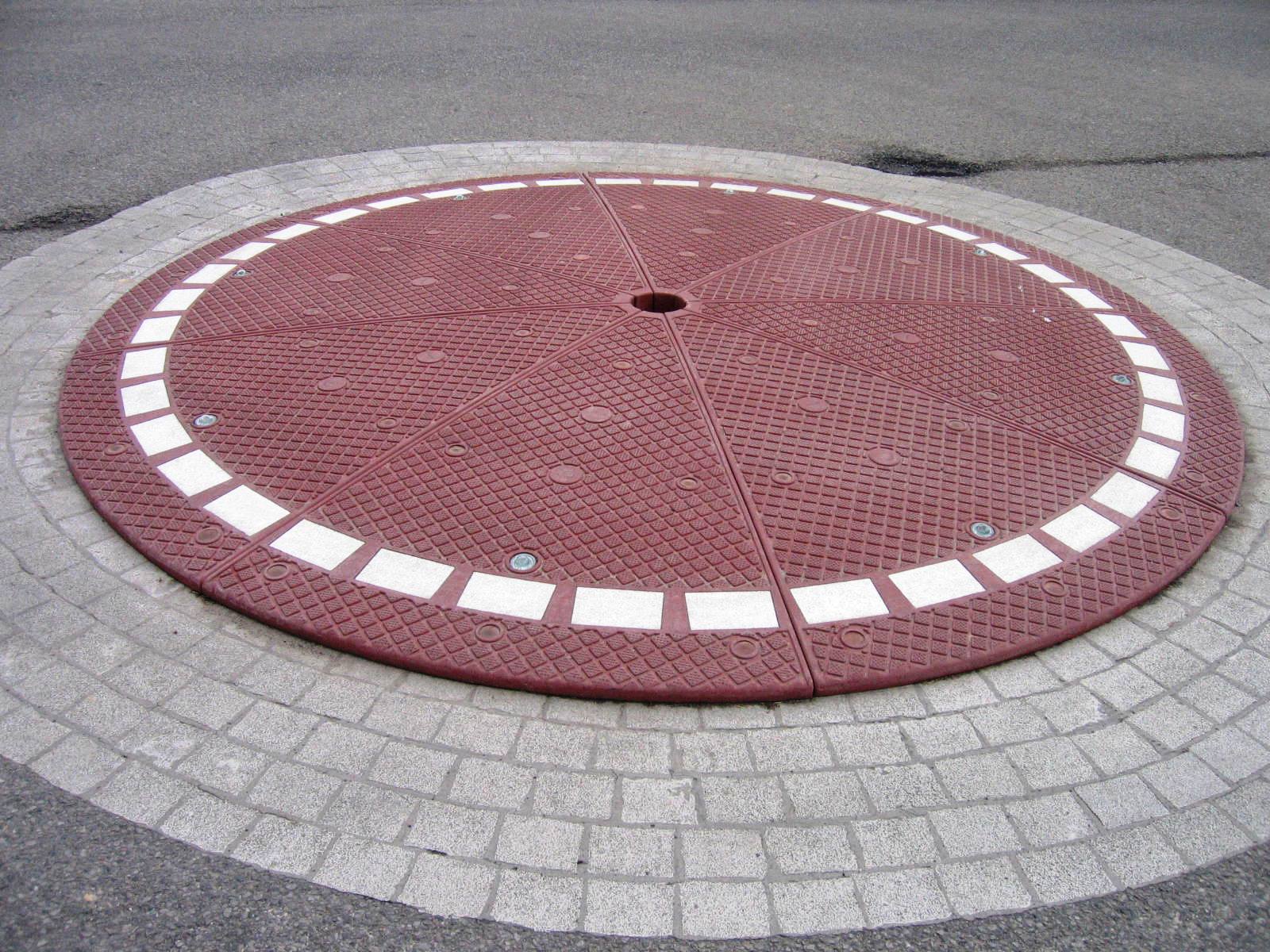
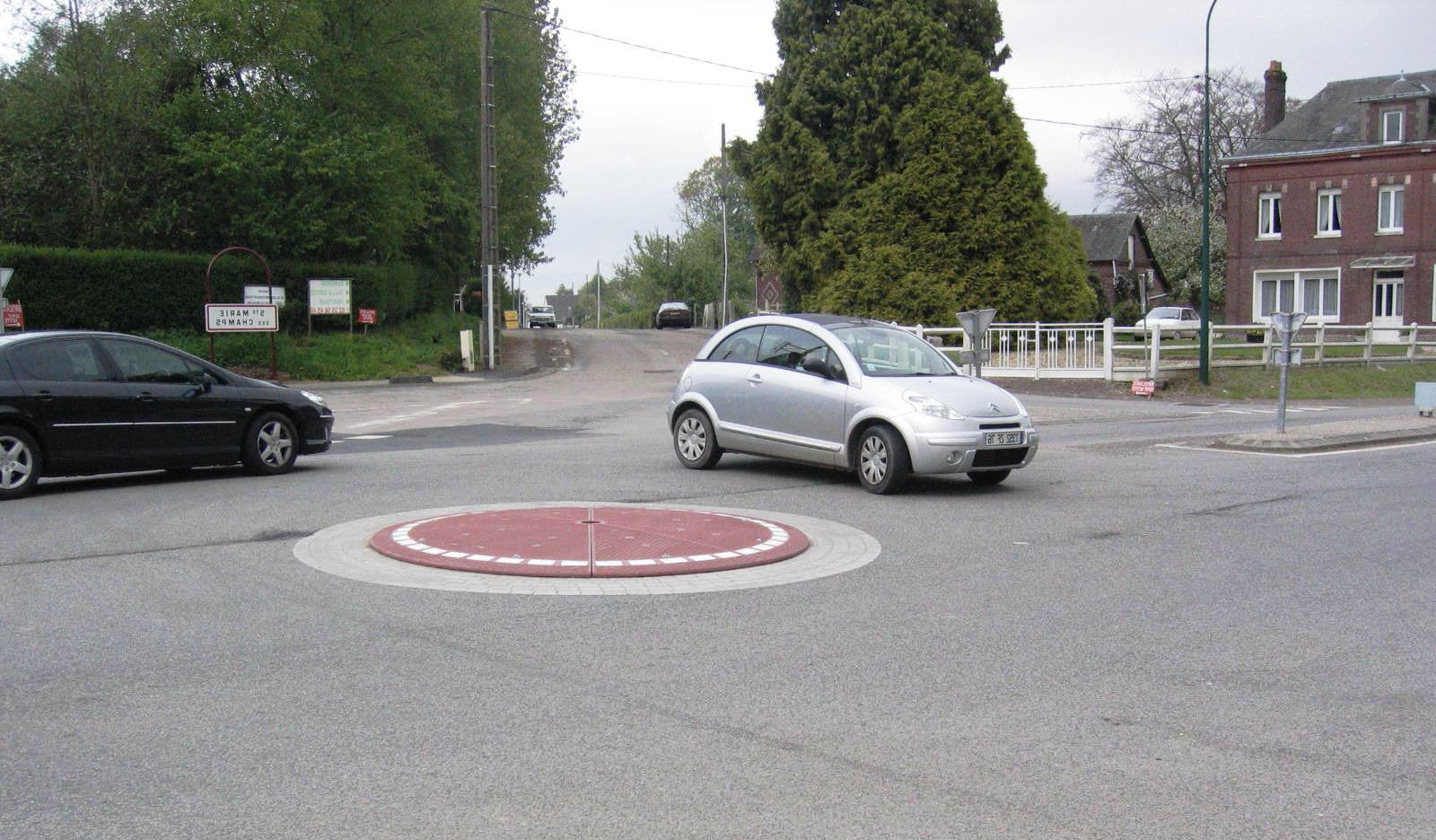
SKU: 747950
XPT
XPT Mini Roundabout
Sale priceFrom €5,595.00ex VAT
Impact Resistant Modular Roundabout System
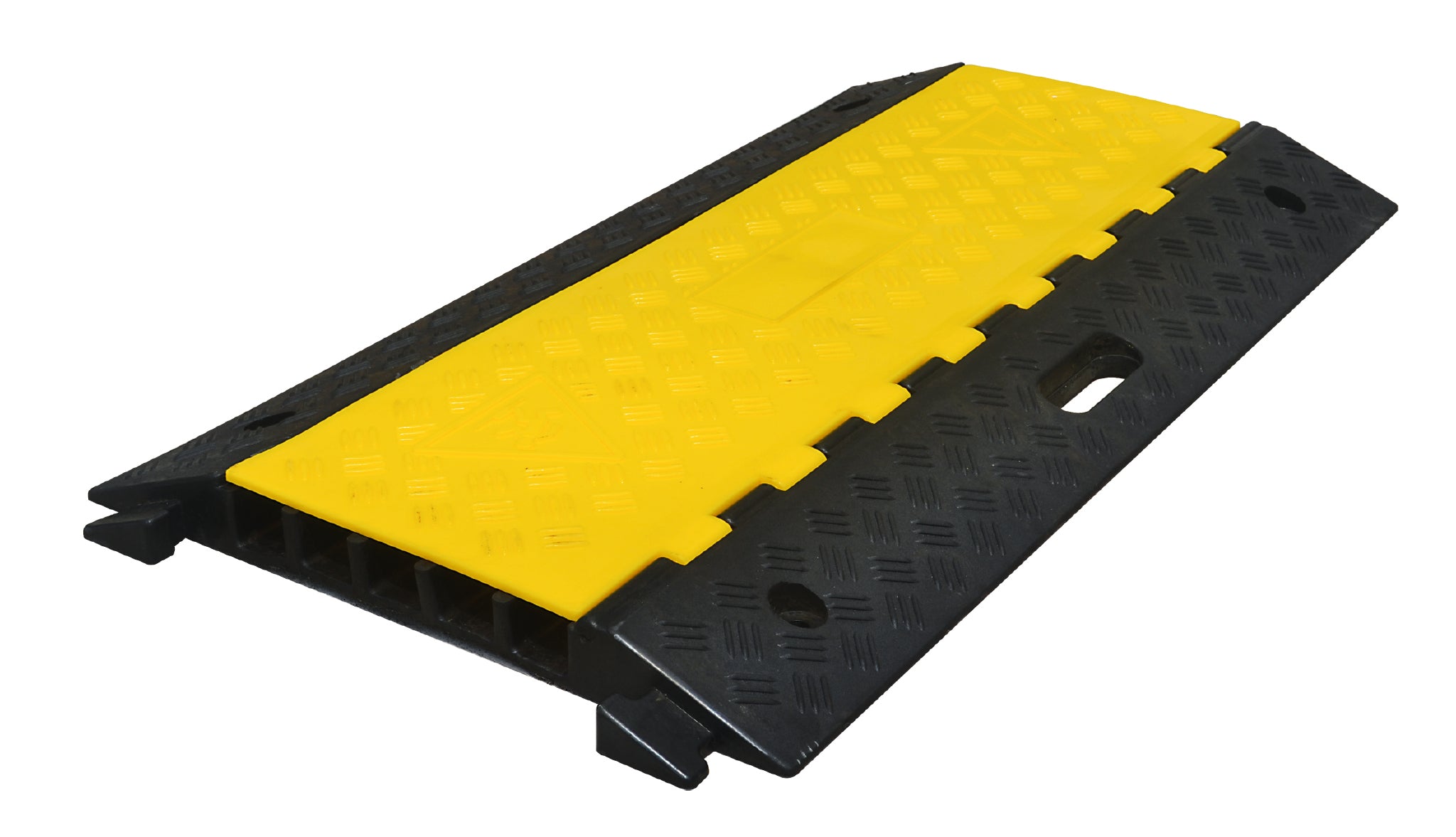
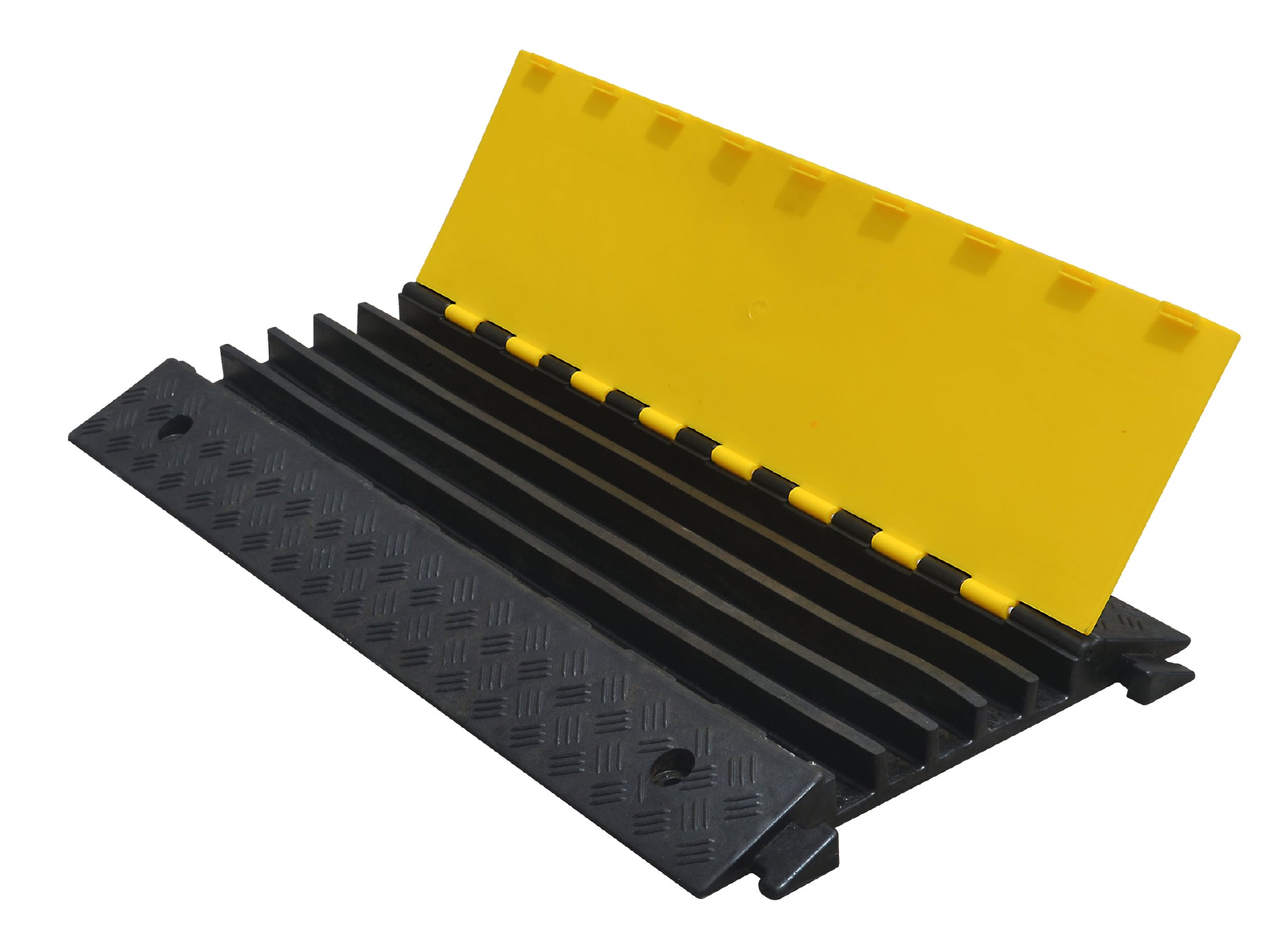
SKU: 782712
Moravia
Cable/Hose Protection Ramp - 5 Channel
Sale price€92.00ex VAT
Protects up to 5 Cables from HGV Traffic
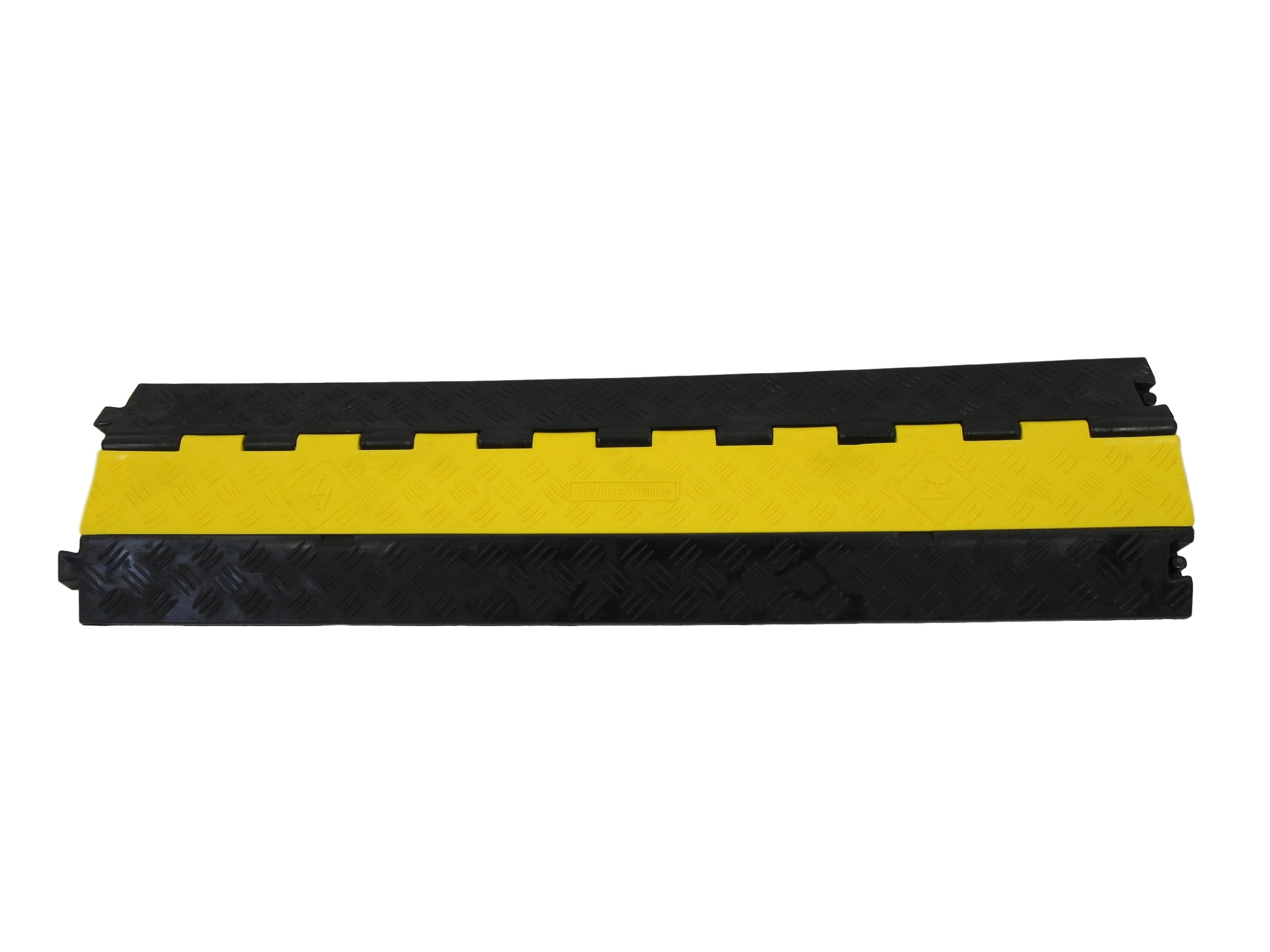
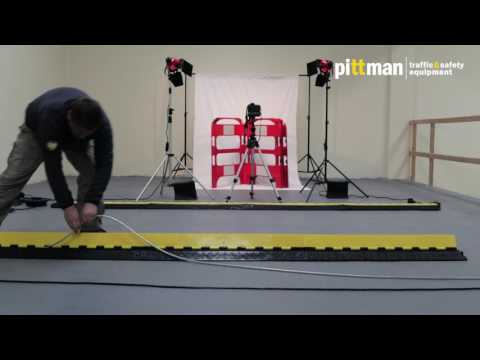
SKU: 756352
Pittman®
CR2 Pedestrian Cable Cover
Sale price€52.00ex VAT
Our Best-Selling Cable Ramp for Pedestrian Traffic
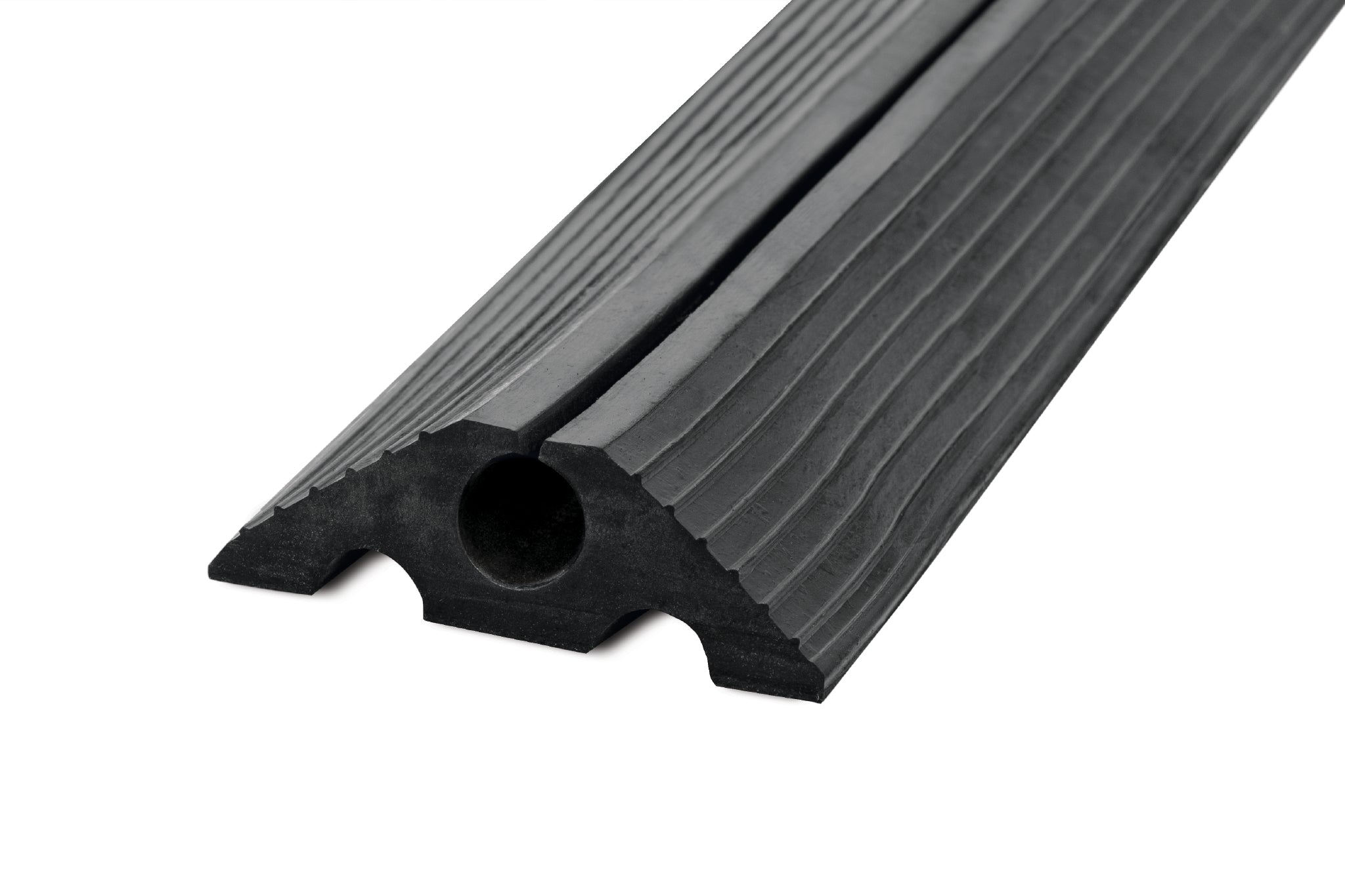

SKU: 862827
Moravia
Cable Protector Roll 20mm
Sale price€138.00ex VAT
Cost-Effective 10 Metre Cable Protection Rolls
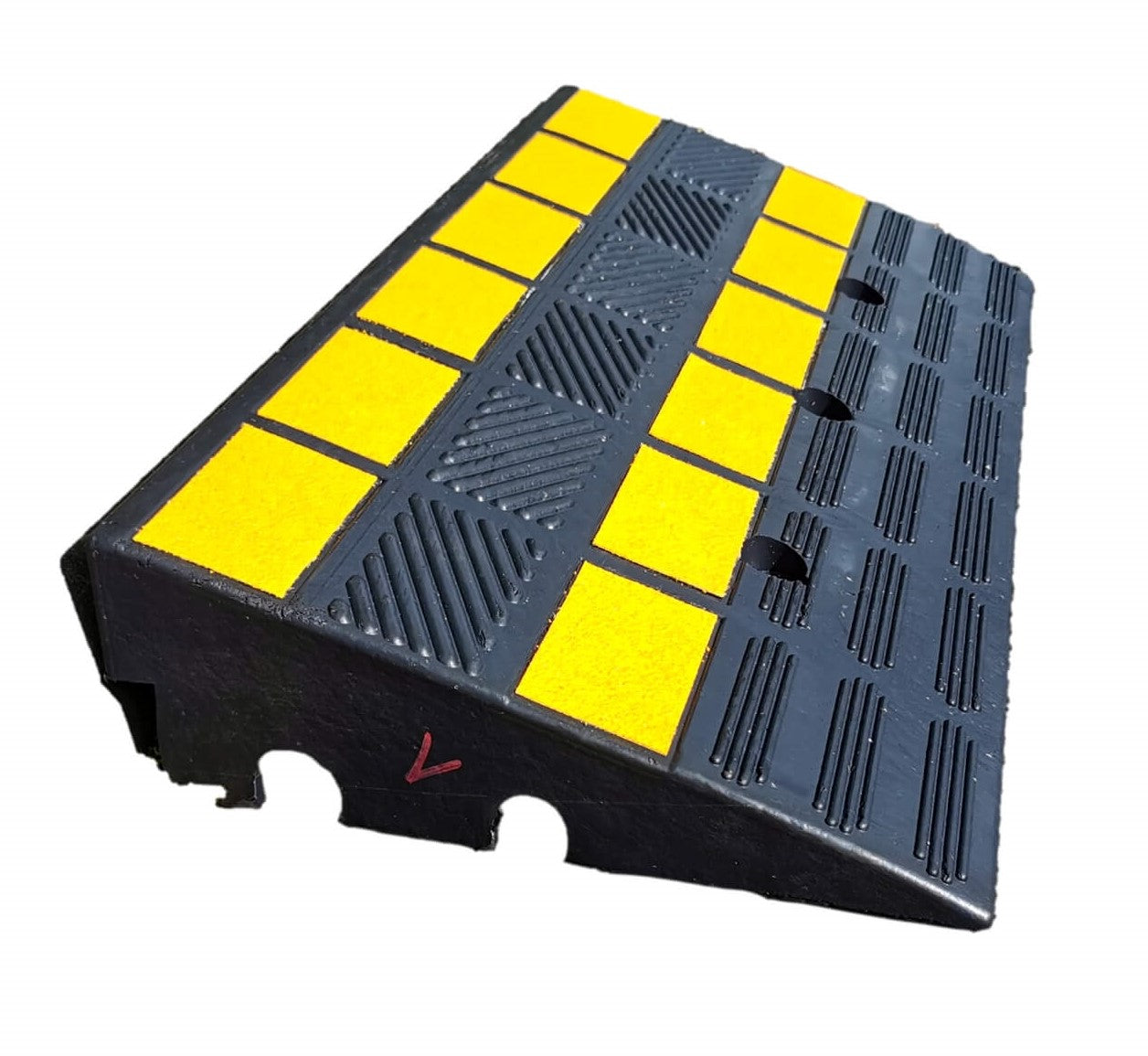
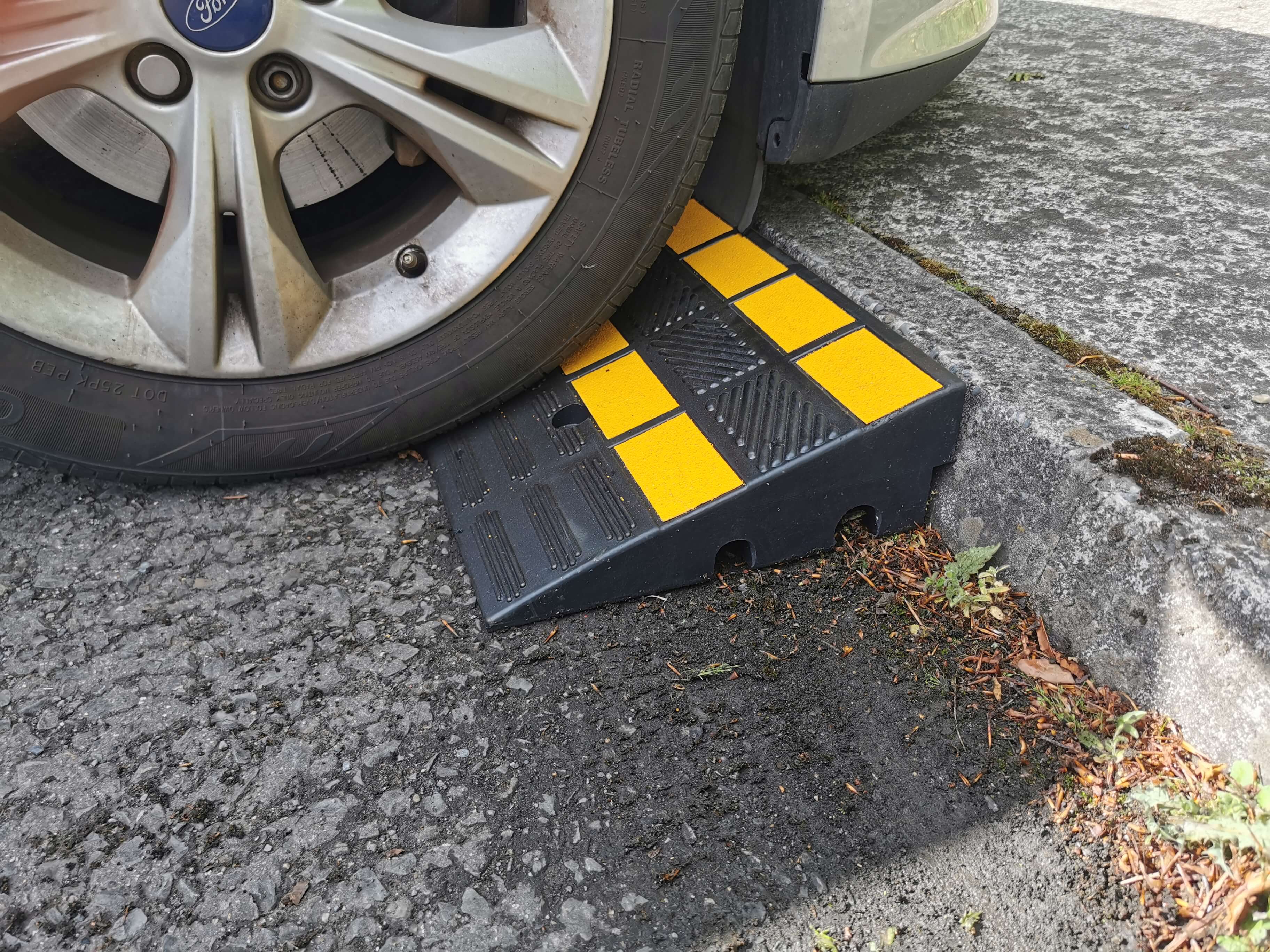
SKU: 748165
Pittman®
GHP Kerb Ramp
Sale price€49.50ex VAT
Instant Vehicle Access for Kerbs with Fast Delivery





